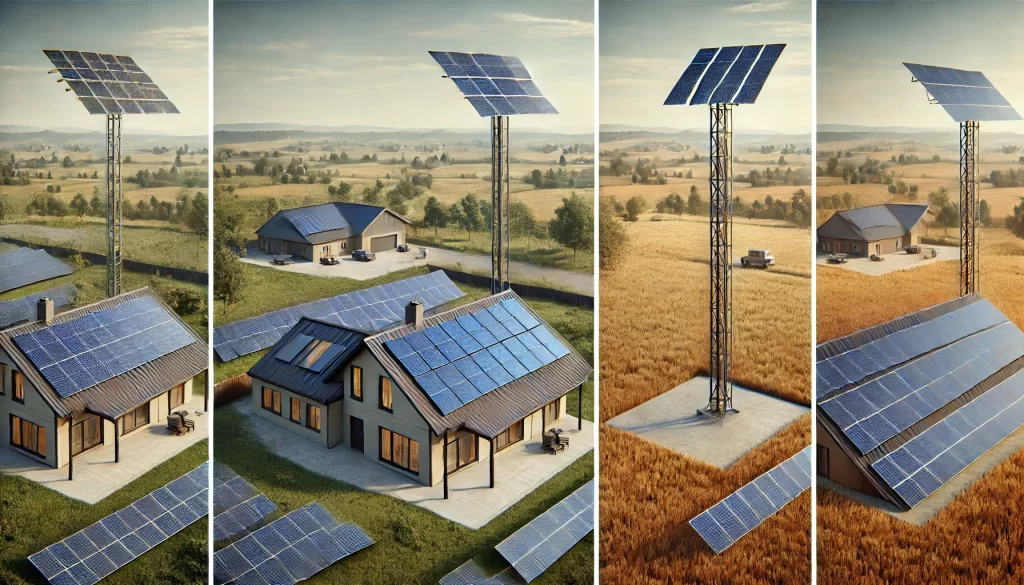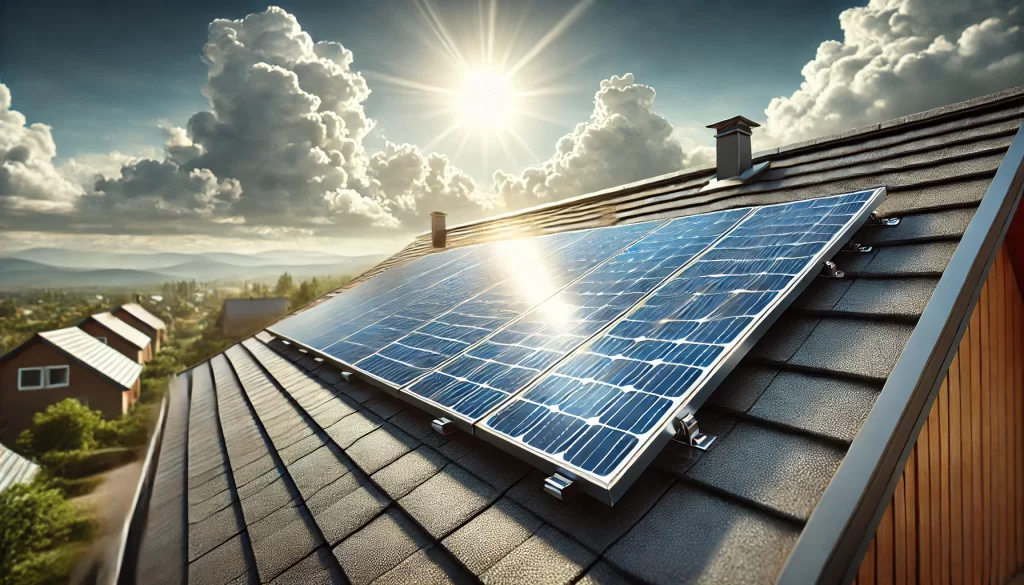Solar energy has become a leading solution for renewable energy in California and beyond, offering a sustainable and cost-effective way to power homes and businesses. As more people turn to solar power, understanding the details of solar panel installation becomes crucial.
One of the common questions among both new and seasoned solar users is whether solar panels have mounting holes in the back. This query is not just about the physical structure of the panels but touches on the installation process, durability, and efficiency of the solar system.
In this blog post, we’ll explore this topic thoroughly, providing you with all the information you need to make informed decisions about your solar energy setup.

Why Is This Important?
Understanding the mounting options for solar panels is vital for several reasons.
- First, it affects the installation process, which can influence the overall cost and time required to set up your solar power system.
- Additionally, the way panels are mounted can impact their efficiency and longevity.
For those looking to maximize the return on their solar investment, knowing whether your panels have mounting holes and how they are used can make a significant difference. This knowledge is particularly important in a state like California, where the installation of solar panels must meet specific regulatory standards and where environmental conditions such as strong winds and earthquakes require robust and secure mounting solutions.
Understanding Mounting Holes on Solar Panels
When we talk about mounting holes on solar panels, we are referring to pre-drilled holes located on the back of the panel’s frame. These holes are strategically placed to allow for secure attachment to the mounting structure. Typically, solar panels have multiple mounting holes to provide flexibility in installation, accommodating different types of mounting systems, including roof mounts, ground mounts, and pole mounts.
Most standard solar panels, especially those used in residential and commercial installations, come equipped with these mounting holes. The holes are usually located along the edges of the panel’s aluminum frame and are designed to align with the mounting brackets or clamps that secure the panel to the mounting structure.
The presence of these holes facilitates a quick and secure installation process, ensuring that the panels are properly aligned and firmly attached, which is crucial for withstanding environmental factors like wind and snow loads.
Types of Mounting Systems and Their Relevance
Different types of mounting systems are available, each with its own set of requirements for mounting holes:

Roof Mounting Systems:
Roof mounting is the most common method for residential solar installations. Panels are attached to the roof using brackets that align with the mounting holes on the back of the panel. This method takes advantage of the roof’s surface to maximize exposure to sunlight while keeping the installation out of the way. The mounting holes allow for secure fastening, ensuring the panels remain stable even in harsh weather conditions.
Ground Mounting Systems:
For properties with ample land space, ground mounting is an excellent option. This system uses a framework installed directly on the ground, with solar panels mounted using bolts and brackets. The pre-drilled mounting holes on the back of the panels are essential here, as they provide the necessary points for attaching the panels securely to the structure.
Pole Mounting Systems:
In some cases, solar panels are mounted on poles, either for aesthetic reasons or to maximize exposure to sunlight. These systems typically require a more robust mounting structure, and the mounting holes in the back of the panels play a crucial role in ensuring that the panels are securely attached to the pole.
The Importance of Proper Mounting
Proper mounting of solar panels is not just about securing the panels in place; it is also about optimizing their performance. Panels that are securely mounted at the correct angle and orientation can capture more sunlight, leading to higher energy output. Additionally, proper mounting reduces the risk of damage to the panels, which can occur if they are not securely fastened and are exposed to strong winds or other environmental factors.

In California, where solar energy systems must meet stringent building codes and regulations, the presence of mounting holes and the use of appropriate mounting systems are critical. This ensures not only the safety and durability of the solar installation but also its compliance with state laws.
FAQs
Do all solar panels have mounting holes?
Most standard solar panels used in residential and commercial applications come with pre-drilled mounting holes. However, some custom or specialized panels may have different configurations. It is essential to check the specifications of your solar panels to ensure they have the necessary mounting holes for your installation needs.
Can I install solar panels without mounting holes?
While it is possible to install solar panels without mounting holes, it is generally not recommended. Mounting holes provide a secure attachment point, ensuring that the panels are stable and aligned correctly. Without them, the installation may be less secure, potentially leading to performance issues or damage over time.
How do I know if my solar panels are installed correctly?
Ensuring that your solar panels are installed correctly involves checking that they are securely attached to the mounting structure, that they are oriented to capture maximum sunlight, and that they meet all local building codes and regulations. A professional installer can provide a thorough inspection and ensure that your system is set up for optimal performance.
What are the consequences of improper mounting?
Improper mounting can lead to a range of issues, from reduced energy output to physical damage to the panels. In extreme cases, poorly mounted panels can become dislodged, posing safety risks and potentially voiding warranties.
Is professional installation necessary for mounting solar panels?
While some experienced DIYers may be able to install solar panels themselves, professional installation is highly recommended. A professional installer will ensure that the panels are mounted securely, aligned correctly, and meet all necessary regulations, providing peace of mind and optimal performance.
Conclusion
Understanding whether solar panels have mounting holes in the back and the importance of these holes in the installation process is crucial for anyone considering a solar energy system. Proper mounting not only ensures the safety and durability of your solar panels but also optimizes their performance, allowing you to get the most out of your investment.
In California, where solar energy is a significant part of the state’s renewable energy goals, having a well-installed solar system is not just beneficial—it’s essential. By ensuring that your panels are mounted correctly, you can enjoy the full benefits of solar power, from reduced energy costs to a smaller carbon footprint.



